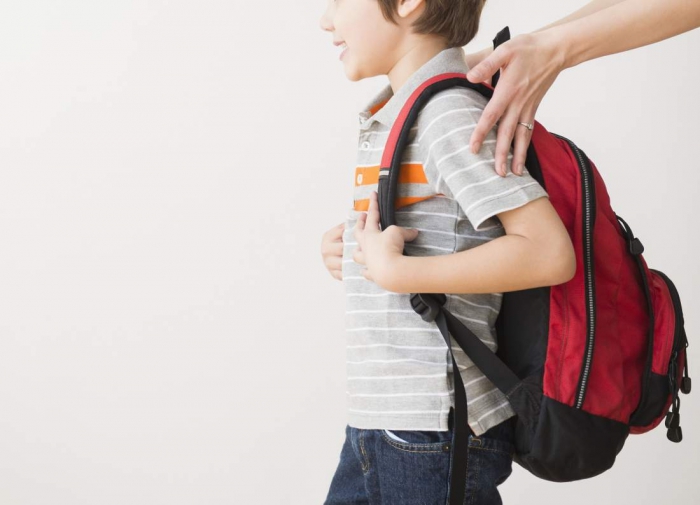As parents, educators, and healthcare professionals, we want the best for our kids. If they are struggling in school, we do whatever it takes to help them succeed. If they are in band, we get them lessons. If they play sports, we practice in the yard. We’re concerned with what they do and learn now, and how that will affect them as adults. We’re concerned with how they treat their friends, their teachers, and other human beings.
We’re also concerned with their habits and their lifestyle choices: sleep, nutrition, internet and social activities, what they watch on TV, what their grades are, whether they’re dressed appropriately, and, of course, if they have enough time to simply be kids. We want our children to become confident, caring adults who value hard work and themselves.
What we don’t seem to worry enough about is a future involving back pain, which could keep them from working or enjoying life at all. Back pain is the leading cause of disability worldwide. A significant number of people will experience chronic back pain in their lives. We don’t seem to worry about this, because we assume that there is nothing we can do about it. But there is. We need to shift our thinking from treatment to back pain cause and prevention.
My youngest daughter, at 3-years-old, has perfect posture. Her pelvis is in a correct position, her muscles and joints flexible. Her older brothers and sisters, on the other hand, do not have perfect posture. For me, as a back pain doctor (and father of six) who regularly instills the prinicples and importance of healthy posture in my patients, this begs the question: When do these changes begin?
Perhaps during school, when they spend hours sitting at a desk? Is a backpack loaded with textbooks and gym clothes to blame? Maybe it’s cumulative hours spent looking down at text messages and social media feeds?
As a pain management expert, I know that all of these things, as part of a modern lifestyle, can be contributing factors to aches and pains in young people. But one thing is more clear: if we hope for our children to avoid a future filled with backaches and chronic back pain, we need to stop allowing our kids to develop flawed posture.
Posture, and the amount of time spent sitting, has a huge effect on a child’s future possibility of getting back pain. Extended periods sitting cause a forward tilt in the pelvis, which then negatively affects how each foot hits the floor while walking, the position of the neck, and the endurance of the bracing muscles necessary to stabilize the spine. As with adults, stand up desks alone won’t fix this, as they can cause other problems when a child leans into a comfortable position — but they are a mindful step in a positive direction.
I would love to see a day in the near future where our kids are regularly evaluated for their posture, age appropriate flexibility and bracing muscle endurance strength so that someday we can talk about these things to our kids as regularly as we do the status of their unfinished homework. Because this type of nagging really can make a huge difference in them reaching their potential. — Dr. Wheeler
Learn more about Dr. Sean Wheeler, Bracing Muscles, Healthy Posture, and how we can finally treat the cause of chronic back pain in UPRISE: Back Pain Liberation, by Tuning Your Body Guitar.


